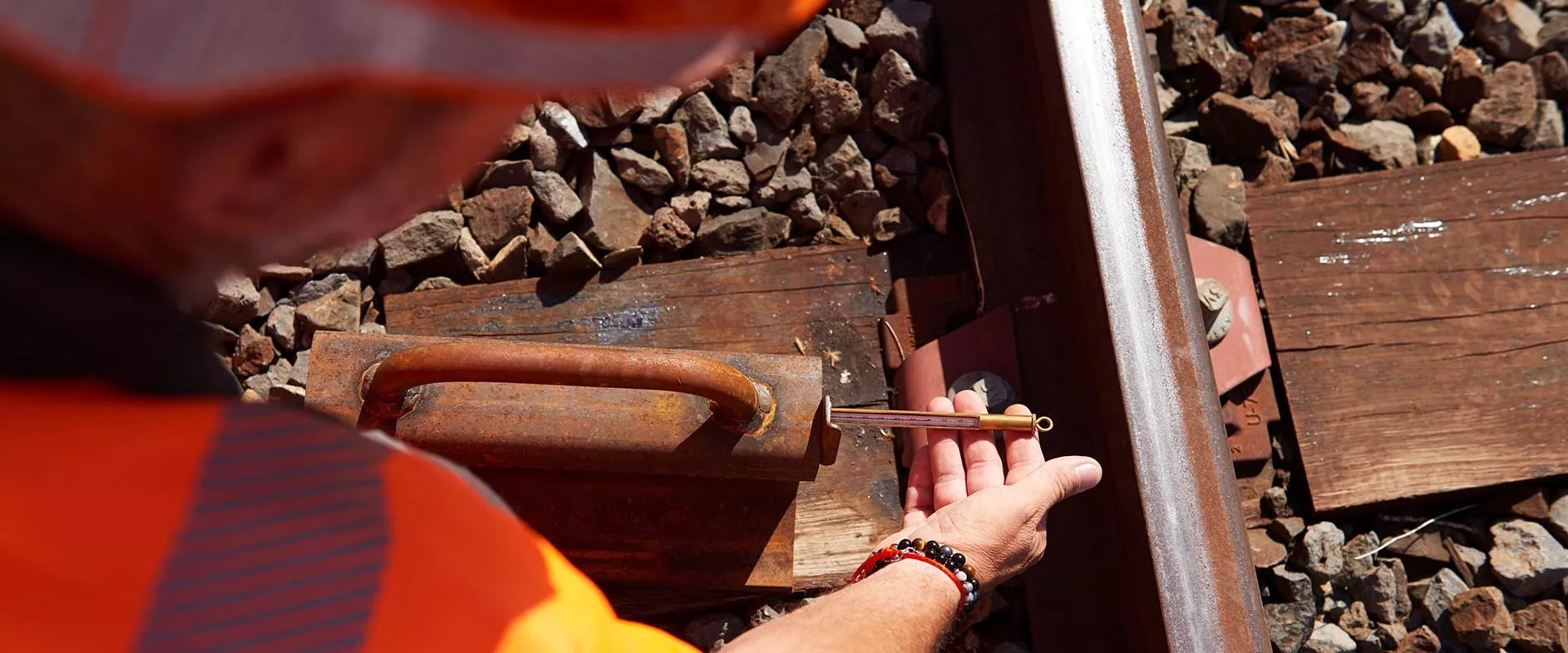
Planning ahead for high temperatures
Extremely hot weather takes a toll on rail infrastructure—which is why we’re constantly thinking ahead to give you a safe, pleasant journey.
Keeping you comfortable despite the heat
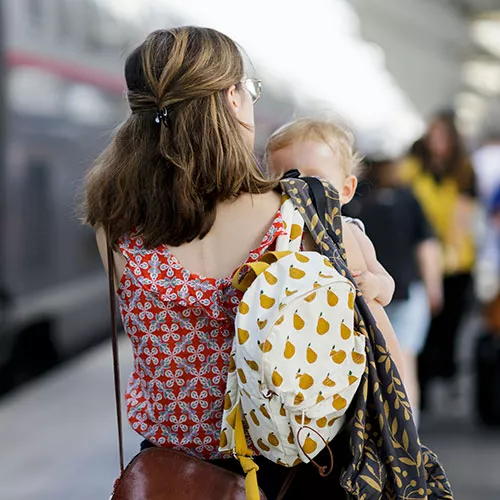
Your safety and comfort are our priority
Extreme heat can affect your comfort and even your health, so we keep you informed and take special steps to make travel easier when it’s unusually hot.
When temperatures top 35°C, Météo France sends SNCF a weather alert, and we relay it to passengers across a variety of media.
- Stay hydrated: drink plenty of water throughout your travels. Depending on how long your journey is, plan to bring one or more bottles of water with you. If there’s an incident on your line, we may launch our Distib’eau plan, which calls for distributing the non-alcoholic beverages in the café-bar to passengers who need them most, especially if your train is without air conditioning for over an hour.
- Stay informed: SNCF employees in stations and aboard your train can recommend the best course of action.
- Stay alert: be aware of the people around you in the station and aboard your train, especially children, seniors and others at high risk. If anyone feels unwell, alert your train manager or the nearest SNCF station employee immediately.
Ready for summer 2025

640,000
bottles of water distributed to 150 stations

115,000
boxed meals in 100 stations

65,000
snack packs to 50 more
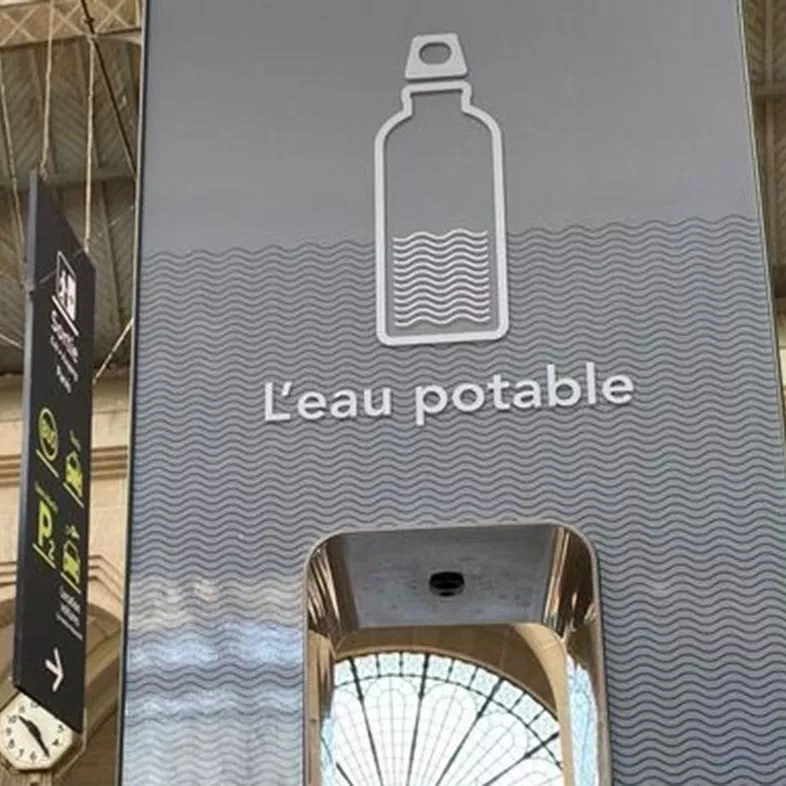
Keeping you hydrated onboard and in stations
We’ve equipped 28 key stations with the technical, human and logistics resources they need to resupply a train in 10 minutes. This includes stockpiling bottled water, creating support areas for passengers, putting information volunteers on advance alert, and activating our local civil defence partners.
SNCF Gares & Connexions has also partnered with CNOF, the French rail network’s control tower, to provide water in stations. Under this programme, coupons with single-use QR codes are distributed in stations. Travellers can redeem them at Relay shops for a free bottle of water. The Relay chain is also working with stations to plan ahead and stock enough water to meet demand during heatwaves this summer. The campaign uses recyclable plastic bottles made of PET; once empty, they can be tossed into special yellow bins.
At the same time, SNCF Gares & Connexions has already installed 173 water fountains in its stations, reaching 77% of its target of setting 224 water fountains up. This represents 147 stations out of 199; 62 stations in the Paris region, i.e. all of them, are equipped with water fountains thanks to funding from Île-de-France Mobilités.
Protecting our infrastructure
Hot topic: How extreme temperatures affect trains and railway infrastructure
We monitor our rail system closely year-round, but in summer, we work even harder. Night and day, SNCF employees watch over our tracks to identify areas where hot weather could trigger problems.
Aboard our trains, it’s natural for the electrical and electronic components to heat up, but extreme summer temperatures can make them even hotter. And that can cause malfunctions or breakdowns—especially if the train’s air conditioning system can’t cope.
Extreme heat and sudden, sharp temperature swings can also be hard on railway infrastructures such as track, catenaries and signalling systems, and hot weather increases the risk of embankment fires, especially in periods of drought.
Railway tracks and high temperatures
Railway tracks are 95% steel. High temperatures make them lengthen and expand, and if the change becomes too pronounced, trains have to slow down.
View the video below [in French] to learn more about how extreme heat affects track—and what we’re doing to keep you safe when you travel with us.
How tracks respond to extreme heat
High-precision tools
SNCF Réseau projects track temperatures with a tool called Metigate, which displays 4 days of rail temperature predictions for nearly 180 sites throughout the French rail system.
With Metigate, we don’t have to rely solely on the forecast for air temperatures. Instead we use more accurate track temperature predictions based on multiple weather variables—cloud cover, sunshine, humidity, and more.
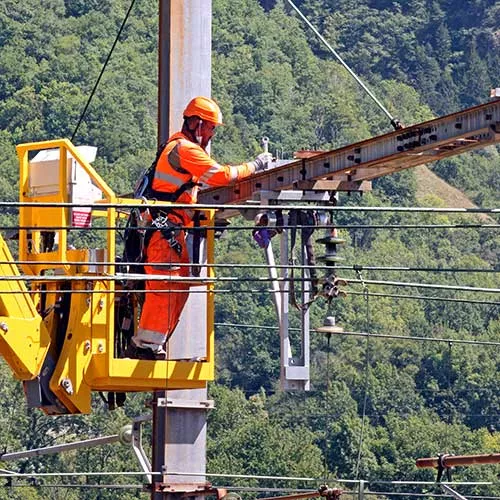
Power supply cables
To work properly, catenaries—the overhead cables that supply power to our trains—must remain straight and horizontal. Systems of pulleys and counterweights usually keep them taut, but when temperatures spike, the counterweights drop and the cables can lengthen and sag.
View the video below [in French] to learn more about how extreme heat affects catenaries—and what we’re doing to give you a safe journey.
Why trains slow down in hot weather
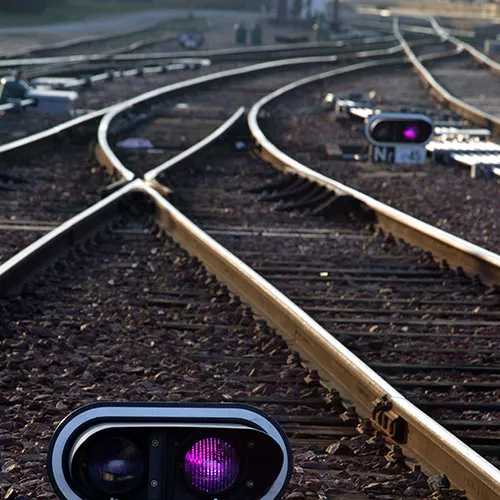
Signalling systems
Heatwaves can cause the electrical and electronic components in our signalling systems to fail, so we’ve installed air conditioning in areas where the most sensitive equipment is housed.
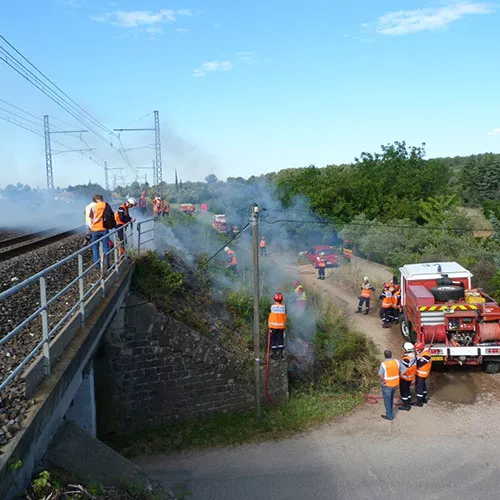
Embankment fires
The areas around our tracks are also more likely to catch fire when temperatures are high, especially in during droughts.
Maintaining our rolling stock and infrastructure
We’re constantly thinking ahead to prevent heat-related incidents, and we’re part of France’s nationwide Plan Canicule (heatwave plan), which has gone into effect every summer since 2003. Special measures include:
- carrying out targeted pre-summer maintenance (Autres Travaux Systématiques avant Saison chaude, or ATS) on all trainsets between April and June. This includes checks on all air conditioning systems.
- organizing “heat patrols” by SNCF employees to monitor infrastructure conditions, including track temperature and catenary tension systems. The timing and frequency of these patrols are based in part on data from Météo France, the French national weather service.
- inspecting areas around tracks and removing brush to limit the risk of fire in hot, dry summer weather.
Depending on our patrols’ reports, we sometimes take the precautionary step of reducing train speeds.
TGV air conditioning hotline
Since 2008, our Charentes Pe´rigord Technicentre has operated a technical support hotline staffed by some 60 air conditioning specialists, including a 6-member emergency-response team operating outside normal working hours. Thanks to their expertise, most AC problems aboard our trains can now be solved remotely.
There’s also a rolling stock support centre for the passenger service teams working aboard our TGVs. The 22 operators on this rapid-response team are available 06.00-22.30, 7 days a week, to help on-board staff diagnose technical problems.
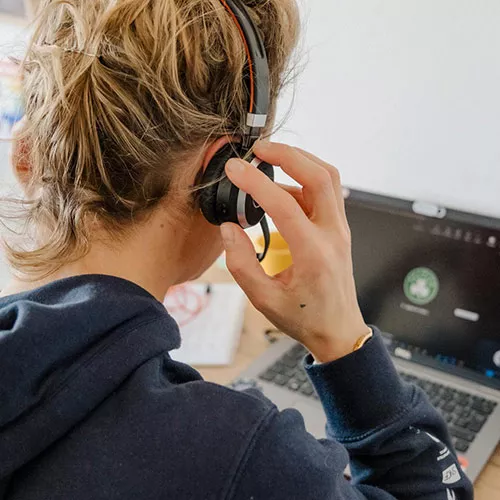
Information hotline
For more information on heatwaves and their impacts, call Canicule Info Service at 0 800 066 666 (no charge within France). From outside France, dial +33 8 00 06 66 66.
Share the article